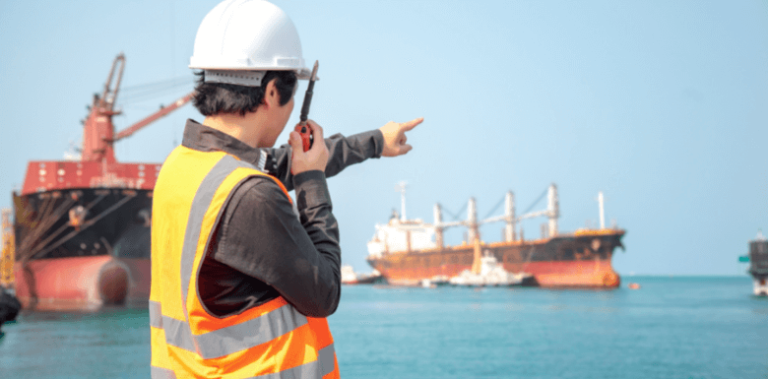Why Proving Fault in a Multi-Vehicle Accident Is So Complicated
Serious injuries in a multi-vehicle accident are common due to their sheer impact and complexity. However, determining who was at fault isn’t as straightforward as in two-car collisions. Let’s explore why proving fault in such accidents can be incredibly complicated.
Multiple Drivers and Multiple Stories
One primary reason these cases become complex is the involvement of numerous drivers. Each driver may have a different account of what happened. For example, Driver A may claim they stopped in time, while Driver B insists Driver A braked too suddenly. These differing stories make it difficult for investigators and insurance companies to pinpoint the main cause.
Additionally, passengers, pedestrians, and witnesses may also give statements. Their perspectives, while valuable, can sometimes contradict each other, adding further confusion to the investigation.
Chain Reaction Collisions
Many multi-vehicle accidents are “chain reaction” crashes. This means that one car rear-ends another, causing that vehicle to hit the next, and so on. Determining who initiated the chain reaction is crucial. The driver who initially caused the collision may be held liable for the entire accident.
However, insurance companies often argue that each following driver also played a role by failing to keep a safe distance. This debate can turn into a legal tug-of-war where each party tries to shift blame to reduce their financial responsibility.
Multiple Liable Parties
Another factor that complicates proving fault is the possibility of multiple liable parties. For instance, the accident could involve:
- A distracted driver texting while driving
- Another driver speeding or tailgating
- Poorly maintained roads or malfunctioning traffic lights
If a governmental entity’s negligence contributed to the crash, claims must follow specific legal procedures. In other cases, commercial vehicles may be involved, introducing employer liability into the equation. Each of these scenarios increases the complexity of proving fault and seeking compensation.
Evidence Collection Challenges
Gathering evidence after a multi-vehicle accident is challenging. Debris is scattered over a large area, and vehicle positions are often disturbed during rescue efforts or when clearing the road. Skid marks may overlap, making it difficult for reconstruction experts to determine braking patterns and impact points accurately.
Additionally, weather conditions, lighting, and road design at the time of the crash play a crucial role in accident reconstruction. Investigators must gather surveillance footage, dashcam videos, and eyewitness statements to piece together what truly happened, which takes time and expertise.
Insurance Company Tactics
Insurance companies often take advantage of the confusion in multi-vehicle crashes. They may try to deny their policyholder’s fault or reduce payouts by blaming other drivers. In some cases, they may even argue that the injured party contributed to the crash by driving recklessly or not paying attention.
This strategy, known as comparative negligence, can reduce the compensation a victim receives. Therefore, individuals injured in such accidents often need legal assistance to protect their rights and prove the true cause of the crash.
Legal Complexities
From a legal standpoint, proving fault involves reviewing police reports, medical records, and expert testimony. Attorneys may hire accident reconstruction specialists to determine speed, distance, and impact forces. When multiple insurance companies and attorneys are involved, negotiations can drag on for months or even years.
If the case goes to trial, each party will present their own reconstruction experts, witnesses, and arguments, making the jury’s job harder. The legal process becomes lengthy, stressful, and expensive for victims seeking rightful compensation for their injuries and losses.
Final Thoughts
Proving fault in a multi-vehicle accident is complicated due to conflicting accounts, multiple liable parties, and complex evidence analysis. Victims often face difficulties navigating insurance claims while recovering from injuries. It is essential to seek legal help to ensure that liability is established fairly and compensation covers medical expenses, lost wages, and pain and suffering.
If you or your loved one has been injured in such an accident, understanding these challenges is crucial. By working with experienced professionals, you can protect your rights and focus on recovery without being overwhelmed by the legal complexities involved.







